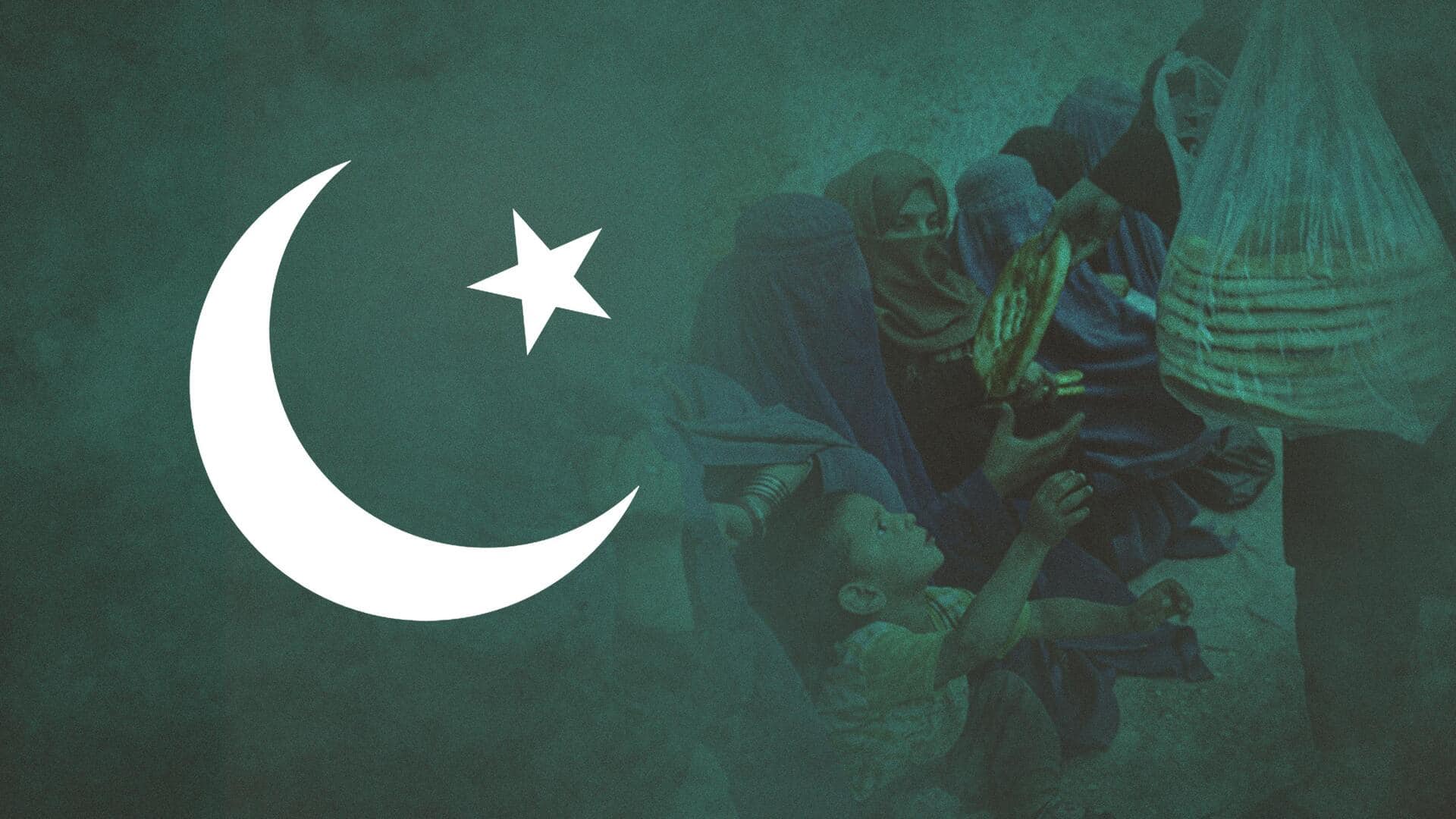Late reports from the World Bank reveal disturbing statistics, roughly 40% of Pakistan’s population is currently living beneath the poverty line. This trend has been exacerbated by a blend of financial burdens, insufficient policies, and a deeply entrenched network of vested interests.

Also Read: Microsoft’s Blizzard Deal Gets Approval from UK Regulators
As per the World Bank’s most recent information, Poverty has surged to 39.4% as of the last fiscal year, addressing a sharp increase from 34.2% in only one year.
This disturbing rise has pushed an extra 12.5 million individuals underneath the poverty line, bringing about a stunning total of 95 million Pakistanis living in poverty.
To place it into point of view, almost 50% of population is battling to meet their fundamental necessities, including access to food, clean water, and electricity.
This critical circumstance has desperate ramifications for the country’s general prosperity, as Pakistan currently flaunts the least per capita income in South Asia. Moreover, it faces the highest number of out-of-school children globally.
These statistics paint a bleak picture of a nation that was once among the leaders in the region but has since fallen behind in terms of economic prosperity and human development.
The World Bank’s report reveals that poverty in Pakistan has surged from 34.2% to 39.4% in just one year. This means that an additional 12.5 million people have fallen below the poverty line, bringing the total number of Pakistanis living in poverty to a staggering 95 million.
Also Read: Apple’s iPhone 15 Goes on Sale in India and Around the World
This alarming increase is primarily attributed to poor economic conditions, high inflation, and a lack of access to essential resources.
Pakistan’s economic woes reach out past poverty. The nation presently has the most lowest per capita income in South Asia, highlighting a stark income inequality issue. The situation is exacerbated by historically high inflation rates, rising fuel prices, and power outages.
Despite these economic challenges, Pakistan is additionally extending its nuclear arsenal, which has raised concerns about its spending priorities.
The World Bank has given a distinct warning that Pakistan’s ongoing economic model is neglecting to reduce poverty and work on improve living standards.
This crisis necessitates immediate policy shifts and substantial reforms to address the root causes of poverty and economic instability.
One of the key drivers behind Pakistan’s policy decisions is the influence of strong vested interests, including military, political, and business leaders.
Also Read: New York School Bus Crash: 2 Dead and 5 Students Injured
These interests often prioritize their own gains over the well-being of the general population. This influence has hindered effective governance and economic development. The World Bank has suggested a series of urgent reforms aimed at stabilizing economy and alleviating poverty.
These reforms include increasing the tax-to-GDP ratio by 5%, cutting wasteful expenditures by approximately 2.7% of GDP, and focusing on key sectors such as agriculture and real estate.
To accomplish financial steadiness, the World Bank recommends that Pakistan ought to burden its agriculture and real estate sectors more effectively.
Currently, the country’s tax collection capacity stands at 22% of GDP, while the actual ratio is only 10.2%. This tax gap must be addressed to generate much-needed revenue for development.
In addition to economic challenges, in the country faces low human development indicators, with high child malnutrition rates and poor learning outcomes.
The lack of access to quality education and healthcare further exacerbates the poverty crisis. Moreover, unemployment rates remain high, particularly among the youth, leading to social and economic instability.
The World Bank’s proposed policy measures aim to improve the revenue-to-GDP ratio by 5% through the elimination of tax exemptions and increased taxation on real estate and agriculture. These measures are designed to restore economic sustainability and fiscal responsibility.
Also Read: Nio Phone: Chinese EV Maker Launches its Maiden Smartphone
























